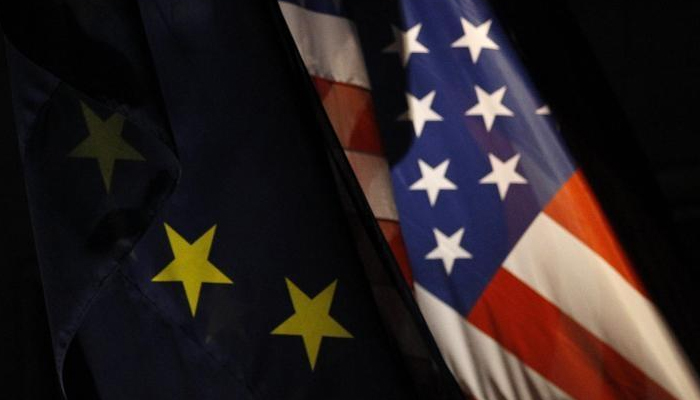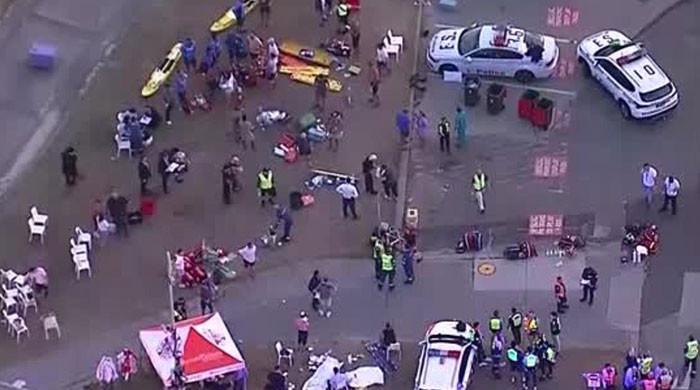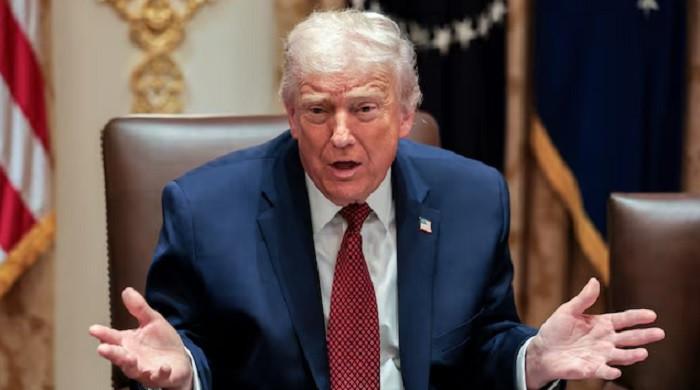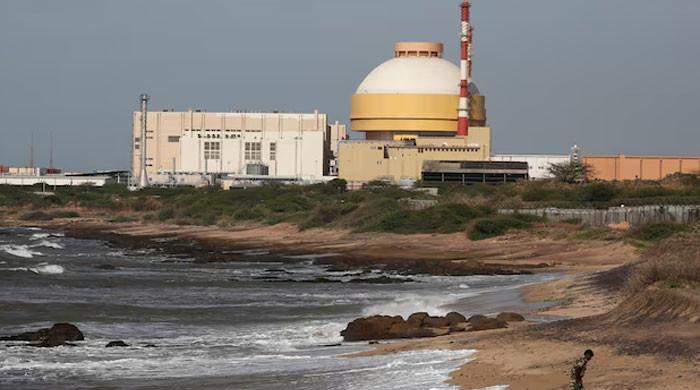Is Europe's security a threat to US global military supremacy?
The topic has become more important over the years as the EU has graduated from being a receiver of security to a provider
January 23, 2019

KARACHI: In his book EU Security Policy: What it Is, how it Works, why it Matters, Michael Merlingen has painted a broad picture of security issues related to the European Union.
As a professor at Central European University, the author has taken full advantage of the resources available at hand in covering this interesting topic. While it does not cover Brexit, if Britain leaves EU, it will be equally interesting to see how Europe develops its security apparatus.
Divided into four parts and fourteen chapters, the book takes the reader on a journey, starting with a captivating introduction. Then, he explores the theories and concepts.
The first part offers an overview of the development of the Common Security and Defence Policy (CSDP), which is a sophisticated framework for cooperation on the security and defence policy among the EU nations. It is a relatively young venture launched in 1999 and is geared at stabilization and reconstruction operations rather than fighting wars.
Over the years, the topic has become much more important as the EU, with the CSDP, has graduated from being a receiver of security to a provider.
The writer explains that the EU launched the CSDP at a time when the United States was the world’s lone superpower. And, no doubt, the US remains without a military peer competitor.
However, he predicts that the US global military supremacy is unlikely to be sustainable. America's overstretch and its uneven economic growth favours emerging powers and would likely enable countries such as China and India to narrow the gap in hard military power between themselves and the leading provider.
The EU, too, is then likely to improve its military position relative to the US.
The second part provides an overview of the planning and conducting CSDP operations in the Europe, the Middle East and Africa (EMEA) region as well as Asia. By 2011, the EU had dispatched about 70,000 soldiers and civilians in more than 20 operations.
It is once again crucial to note how Merlingen has objectively evaluated the CSDP operations. By reading even a quarter of the 283-page book, the reader becomes fully aware of the political actors in the policy-making and the military and civilian capabilities of this institution.
All operations were conducted with the consent of the host nations. Unlike the US, the EU has neither conducted forced-entry operations nor fought any wars.
Merlingen admits that the EU has its own limitations in the CSDP operations. Missions from Kosovo to the Democratic Republic of Congo (DRC) and Afghanistan have struggled to reach and maintain their authorized personal strength. Yet, their ability to make a difference has been varied and limited — though not negligible.
Over the years, the CSDP monitors have facilitated the implementation of ceasefire agreements and peace deals, while its police officers have made law enforcement more effective and democratic.
The Policy-related judges and prosecutors have strengthened the rule of law and its penitentiary experts have made prisons more humane.
In carrying out these tasks, the CSDP missions have prevented conflicts, promoted stability, and contributed to good governance.
Transatlantic relations are aptly described in the third part, with the EU's relations with its estranged Vladimir Putin-led neighbour also highlighted in their true perspective in the chapter titled "Russia and European Security Policy".
There is no doubt that initially, the EU had high hopes to integrate an enfeebled Russia into the European security order centred on the EU. Yet it eastern policy failed to bear any fruit.
The author is of the view that most central and eastern EU governments are concerned not about the concentration of military power in the US hands but about the growth in German and Russian power.
These regimes desire a strong US in Europe to contain Germany and protect them against a resurgent Russia — which, of course, can be debated on numerous grounds.
Merlingen also admits that Russia has refused to be the EU’s junior partner. Conversely, its offer to be an equal partner in the CSDP has been rejected by the EU.
The EU accuses Russia of using the unresolved conflicts as a pretext for the forward deployment of its troops.
The last chapter is quite fascinating as the author describes the situation in realist and liberal-constructivist scenarios.
In the realist scenario, he admits that the EU balances the US, whereas in the liberal-constructivist one, both cooperate in managing the liberal international order. The chapter evaluates their plausibilities by looking at the preliminary evidence that can be garnered to support them or to cast doubt on them.
Quite interestingly, Merlingen mentioned that Belgian Foreign Minister Mark Eyskens in 1991 had described the EU as "an economic giant, a political dwarf, and a military worm". And the US National Intelligence Council (NIC) had predicted that "the EU will not be a major military power by 2025".
The author, therefore, has concluded well that the EU cannot become a rival force to the US in foreseeable future. Yet, to transform its potential power into CSDP capabilities, it needs to considerably deepen and enlarge existing arrangements for defence cooperation.
Europe has yet to create an army. And it will be quite significant to see how Europe develops its security policy after Brexit.
If Germany's Angela Merkel and France's Emmanuel Macron are to be believed, the movement has already started in this direction.









